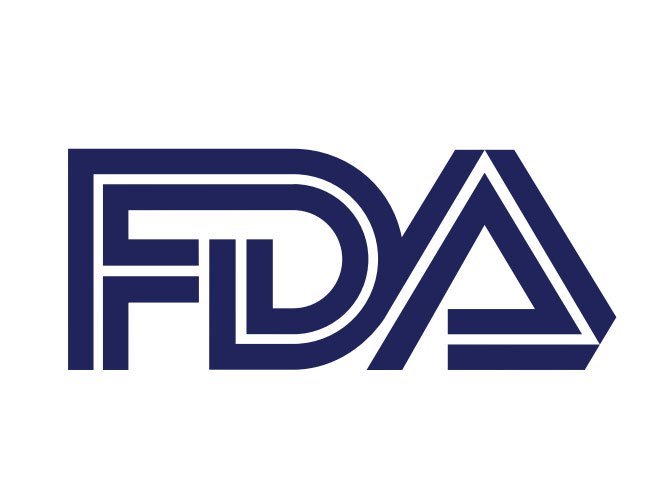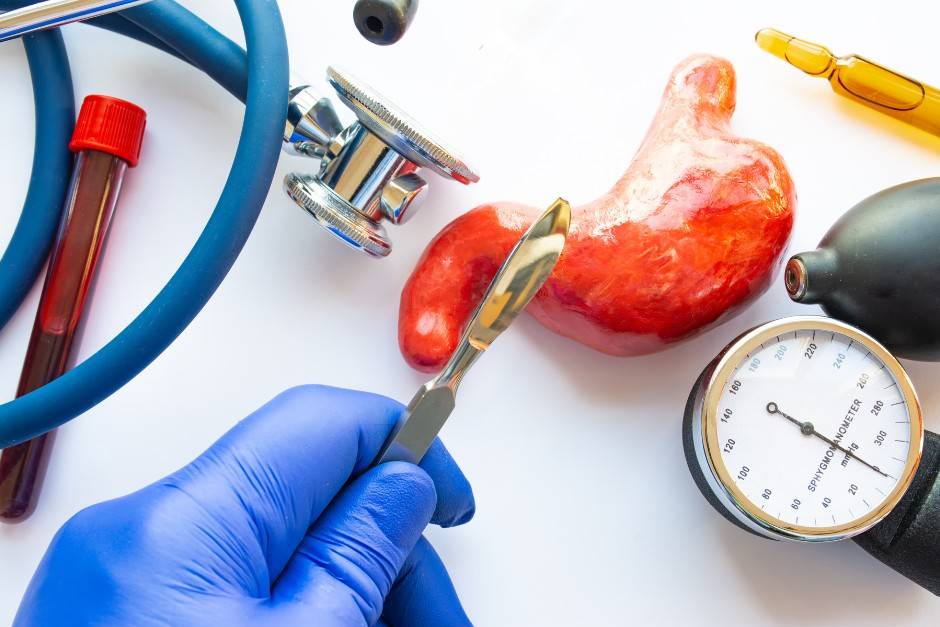The article highlights the aspects related to the way statistical analysis could be applied when assessing medical devices with indications for weight loss and also highlights the key points related to pediatric studies.

Table of content
The Food and Drug Administration (FDA or the Agency), the US regulating authority in the sphere of healthcare products, has published a draft guidance document dedicated to medical devices with indications associated with weight loss.
In particular, the document describes in detail the clinical study and benefit-risk considerations.
Once finalised, the guidance will provide an overview of the applicable regulatory requirements set forth under the existing legal framework, as well as additional clarifications and recommendations to be taken into consideration by medical device manufacturers and other parties involved in order to ensure compliance thereto.
At the same time, provisions of the guidance are non-binding in their legal nature, nor are they intended to introduce new rules or impose new obligations.
Moreover, the authority explicitly states that an alternative approach could be applied, provided such an approach complies with the underlying legislation and has been agreed with the authority in advance.
Statistical Analysis Considerations
First of all, the authority describes the approach to be applied when determining the proper sample size.
According to the guidance, for primary studies, it is advised to include co-primary effectiveness endpoints, which should be associated with a specified superiority margin for percent total body weight loss and a performance objective for a responder rate.
The patient count should take into account anticipated dropouts, but additional participants should be incorporated for evaluating device safety in premarket submissions.
All calculations should operate on two-sided significance tests at a 5% level, with an 80% power minimum.
The effect sizes used should reflect clinically meaningful differences.
With respect to the analysis methods, the FDA mentions that the endpoints should be examined using the intent-to-treat (ITT) population.
This includes all patients registered and randomized in the study, whether or not they received the allocated treatment.
The % TBWL analysis should use either analysis of variance (ANOVA) or analysis of covariance (ANCOVA), using initial weight as a model covariate.
For comparing response rates between treatment groups, appropriate statistical techniques for categorical data must be applied.
The parties responsible for investigations are also encouraged to include a sensitivity analysis and a tipping point analysis for binary response factors.
There is also a need to regulate Type I errors across significant secondary effectiveness endpoints.
Key Points
When it comes to missing data, the authority additionally emphasizes the importance of:
- Reducing Missing Data
The parties responsible for the investigation are expected to describe how they will monitor and minimize dropouts.
Methods might include monitoring activities, incentives, reminders for scheduled checkups, and efforts to contact absent patients. - Documenting Reasons for Absence
Steps should be in place to note reasons for missed appointments or dropouts, such as complications, dissatisfaction with the device, or relocations. - Handling Missing Primary Endpoint Data
For a genuine ITT analysis, body weight measurements should be acquired for patients exiting studies prematurely.
If this is not feasible, sensitivity analyses should be carried out to handle the missing data. - Sensitivity Analyses
The authority encourages the use of imputation strategies to determine the effect of dropouts. Multiple imputation is encouraged when missing data seems random.
If a dropout is due to adverse events or device inefficacy, “unfavorable clinical outcome” should be the imputation choice for such missing data.
Apart from the key points outlined hereabove, the authority also recommends conducting analyses based on gender, sex, race, and ethnicity. Furthermore, for international studies, a US subgroup analysis is advised.

Pediatric Studies
Another important aspect addressed in the guidance relates to pediatric studies. In this respect, the authority acknowledges that clinical trials for children present unique challenges, such as ethical concerns of studying vulnerable populations and the potential effects of medical devices on growth.
According to the relevant FDA guidelines, anyone below 22 years of age is considered pediatric for medical device studies.
The rising number of overweight children underscores the need for effective treatments.
The FDA is open to risk-based clinical study designs for adolescent weight-loss devices and will weigh the benefits against the risks for these participants.
To categorize pediatric patients based on weight, it is advised to use the definitions from the US CDC National Center for Health Statistics and the American Heart Association.
Several recommendations have been developed concerning pediatric clinical trials, taking into account the 2005 FDA Pediatric Advisory Committee meeting outcomes and external expert opinions:
- Devices should generally not be tested on children unless there is sufficient evidence indicating minimal risk associated thereto.
If the device is permanently implanted, there should be enough data showcasing its benefits for pediatric use.
Other data sources, such as animal studies, might sometimes replace or reduce the need for preliminary data on older age groups. - For permanent implants, the risks associated with their removal should be clearly defined.
- Only children who have failed to achieve weight-loss goals with lifestyle changes should be considered for these clinical studies.
- Clinical studies should include a lead-in period for better patient understanding and documentation of therapy failures.
- The FDA will assess the device’s risk profile for the targeted population in pediatric clinical studies.
- A study duration of less than 12 months is not suitable for permanent devices in children.
- Consideration should be given to including obesity-related conditions, such as obstructive sleep apnea, prediabetes, and hyperlipidemia, among others.
- Exclusion criteria should be defined, including patients with uncontrolled psychiatric conditions, those unwilling to change behavior, or those with anatomical complications.
In addition to the above, the maturity and psychosocial conditions of potential participants should be evaluated by a trained psychology specialist.
They should be adept at addressing topics like mental health issues, bullying, readiness for change, and related concerns.
Conclusion
In summary, the present FDA guidance describes the specific methods to be used when assessing the actual effectiveness of medical devices with weight loss indications.
The document also outlines the key considerations related to pediatric studies based on the specifics of engaging the study participants from a vulnerable group.
How Can RegDesk Help?
RegDesk is a holistic Regulatory Information Management System that provides medical device and pharma companies with regulatory intelligence for over 120 markets worldwide. It can help you prepare and publish global applications, manage standards, run change assessments, and obtain real-time alerts on regulatory changes through a centralized platform. Our clients also have access to our network of over 4000 compliance experts worldwide to obtain verification on critical questions. Global expansion has never been this simple.
